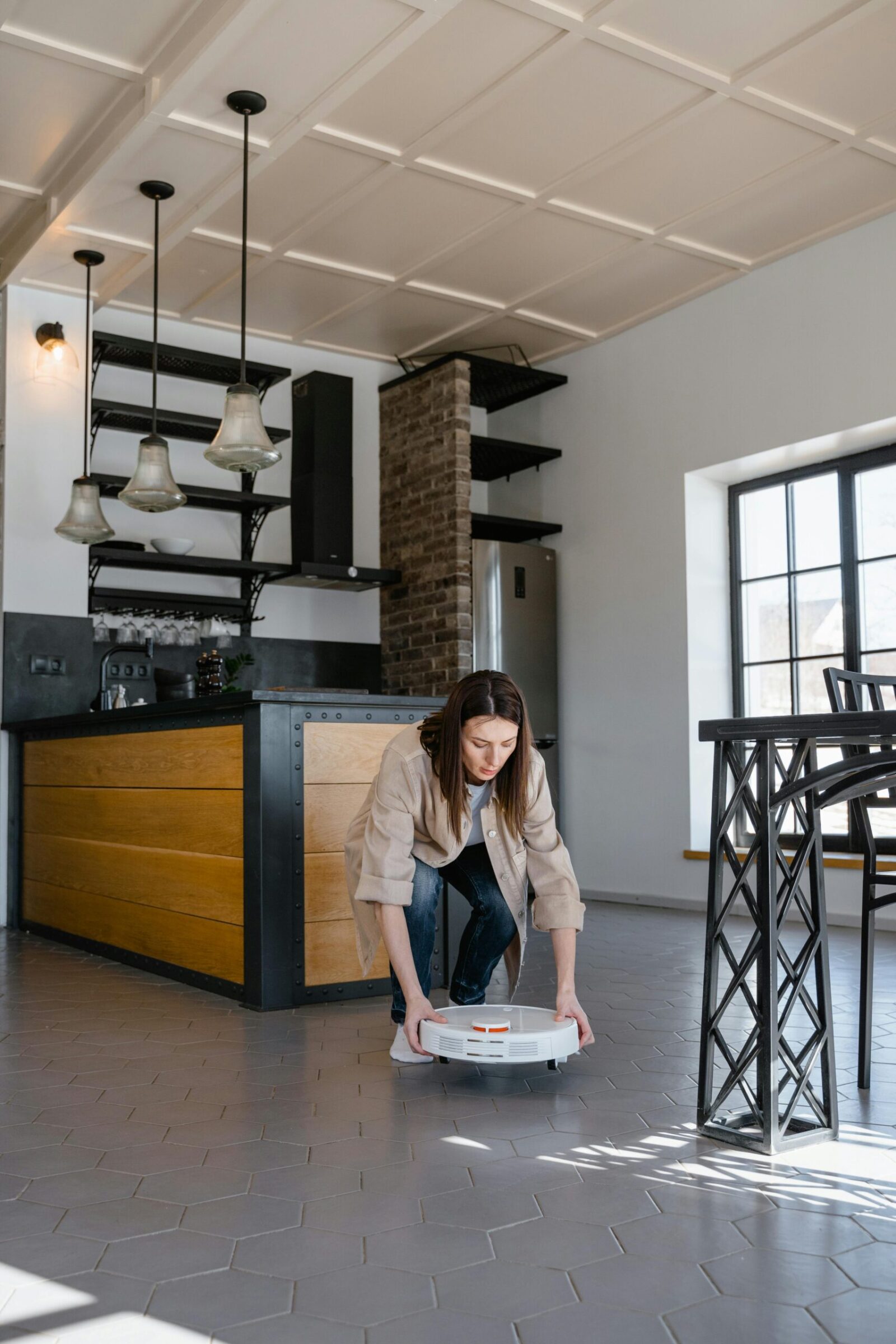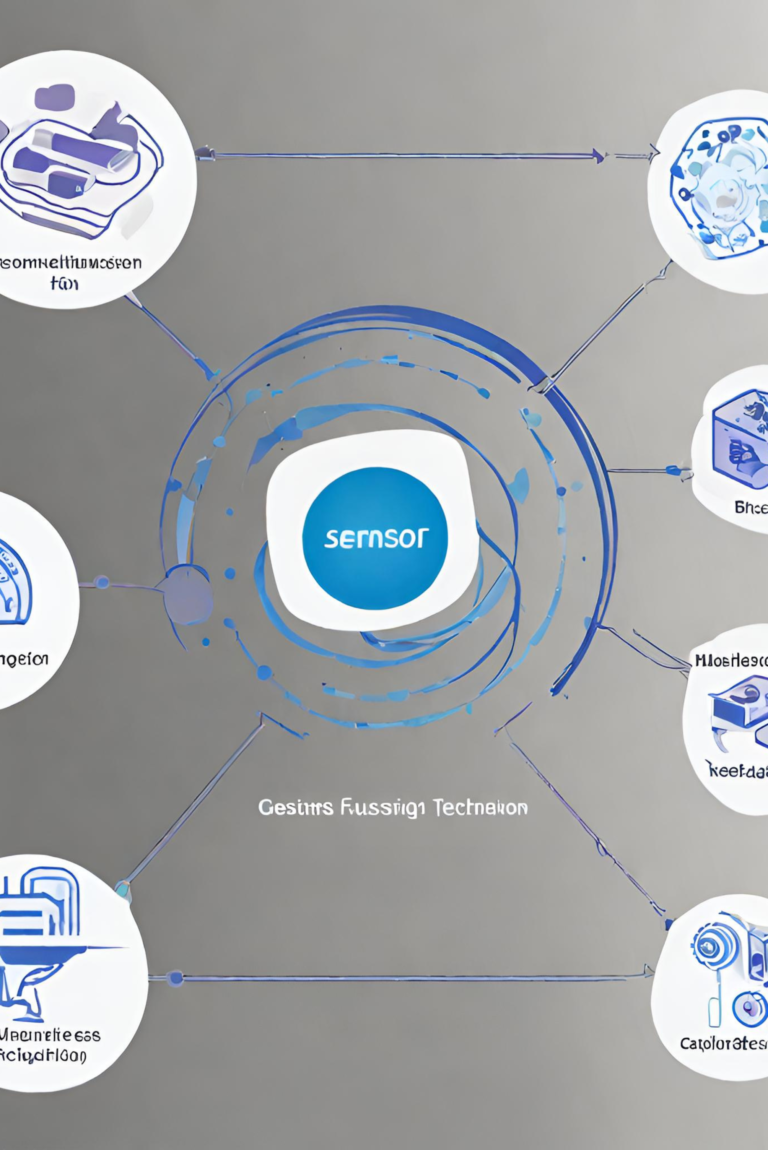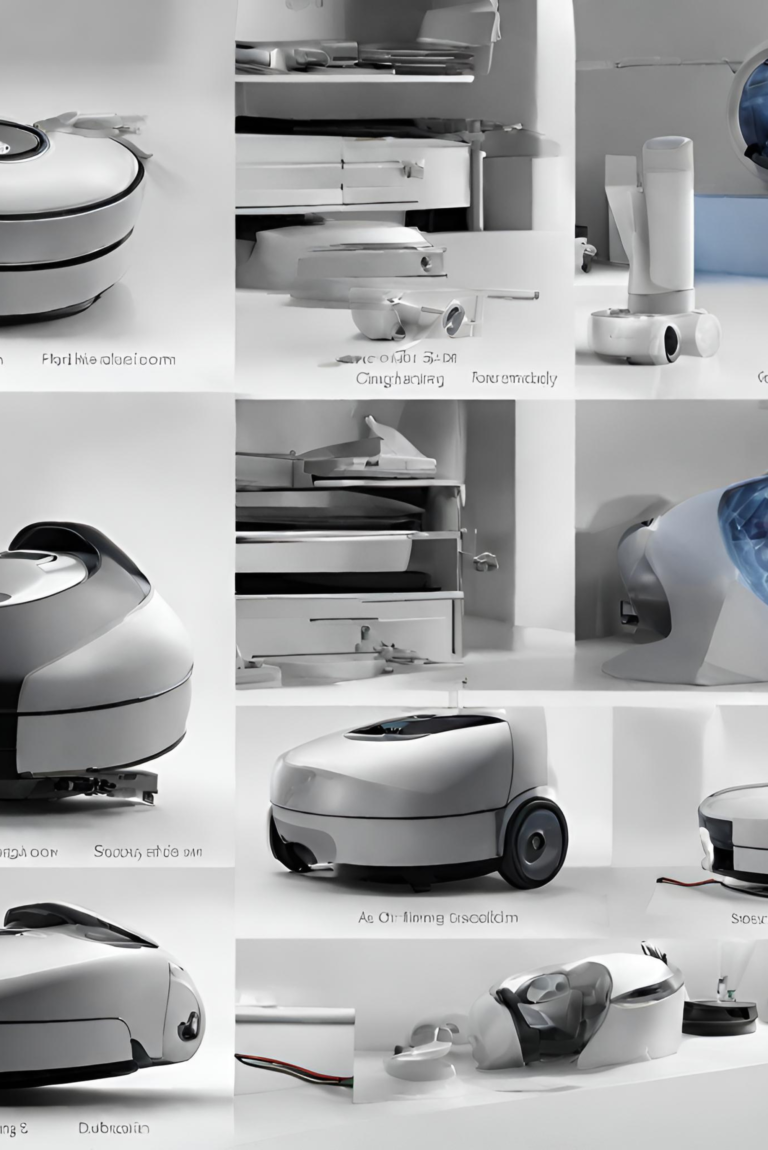Introduction

Robotic vacuums have revolutionized the way we clean our homes, offering convenience and efficiency through autonomous cleaning capabilities. At the heart of these smart devices are sophisticated navigational algorithms and sensor fusion technologies that enable them to navigate through complex environments, avoid obstacles, and optimize cleaning paths. In this article, we’ll explore the navigational algorithms and sensor fusion techniques used in robotic vacuums, shedding light on how these technologies work together to deliver efficient cleaning performance.

Understanding Robotic Vacuum Navigation
Robotic vacuums employ various navigation techniques to move around indoor spaces and efficiently clean different areas. One common approach is known as reactive navigation, where the vacuum reacts to obstacles and changes in its environment in real-time. This involves using sensors such as infrared sensors, bump sensors, and cliff sensors to detect obstacles, avoid collisions, and navigate around furniture and other objects.
Navigational Algorithms for Efficient Cleaning
To optimize cleaning performance, robotic vacuums utilize advanced navigational algorithms that enable them to plan efficient cleaning paths and cover the entire floor area. These algorithms take into account factors such as room layout, obstacle locations, and cleaning preferences to generate optimal cleaning trajectories. Some robotic vacuums employ mapping algorithms to create a virtual map of the cleaning area and plan cleaning routes based on this map, ensuring thorough coverage and minimal overlap.

Sensor Fusion Techniques

Sensor fusion is a key component of robotic vacuum navigation, enabling the vacuum to integrate data from multiple sensors and perceive its environment accurately. By combining data from different sensors, such as LiDAR (Light Detection and Ranging), cameras, and inertial sensors, robotic vacuums can create a comprehensive understanding of their surroundings and make informed navigation decisions. Sensor fusion techniques such as Kalman filtering and Bayesian inference are used to fuse sensor data and estimate the vacuum’s position and orientation relative to its environment.
Localization and Mapping
Localization and mapping are critical tasks in robotic vacuum navigation, allowing the vacuum to determine its position within the cleaning area and create a map of the environment. Localization algorithms use sensor data to estimate the vacuum’s position and orientation in real-time, while mapping algorithms construct a virtual map of the cleaning area based on sensor measurements. By continuously updating its position and map, the vacuum can navigate efficiently and avoid revisiting areas that have already been cleaned.

Obstacle Avoidance and Path Planning
Robotic vacuums employ obstacle avoidance algorithms to navigate around obstacles and navigate through cluttered environments effectively. These algorithms use sensor data to detect obstacles in the vacuum’s path and generate alternative routes to avoid collisions. Path planning algorithms determine the optimal path for the vacuum to follow based on factors such as obstacle locations, cleaning priorities, and available space, ensuring efficient coverage of the cleaning area while avoiding unnecessary detours.
Challenges and Future Directions
While robotic vacuum navigation has made significant advancements in recent years, challenges remain in achieving robust and reliable performance in all environments. Factors such as low-light conditions, reflective surfaces, and complex layouts can pose challenges for navigation algorithms and sensor fusion techniques. Researchers are exploring new approaches, such as deep learning-based navigation and multi-agent collaboration, to address these challenges and further improve the efficiency and intelligence of robotic vacuum cleaners.

Conclusion
Navigational algorithms and sensor fusion technologies play a crucial role in enabling robotic vacuums to navigate through indoor spaces, avoid obstacles, and optimize cleaning paths. By leveraging advanced algorithms and sensor fusion techniques, robotic vacuums can achieve efficient and thorough cleaning performance, saving users time and effort. As technology continues to advance, we can expect to see further improvements in robotic vacuum navigation, making these smart devices even more capable and intelligent in the future.



